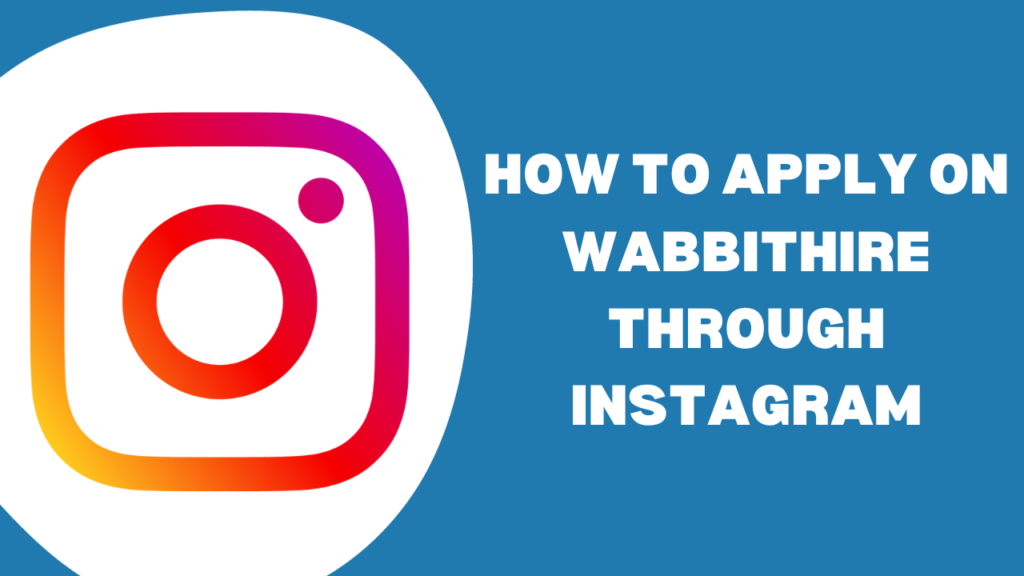Copywriting is an important skill required to start a marketing, advertising, or business career. It is a form of writing used for marketing and promotional purposes that motivates people to some form of action. It is way different than content writing. Copywriting is a crucial aspect of marketing that can make or break a brand’s success. This article will help break down the basic steps of copywriting for beginners.
What is Copywriting?
Copywriting is the process of writing text, also known as copy, to persuade a particular audience to take a specific action, such as subscribing to a newsletter or buying a product. Good copywriting helps in engaging with people of similar interests. Copywriting is all about writing strategically to influence the decisions of the people.
Also read: Content writing is easy or hard?
Guide to Start Copywriting for Beginners
Beginners will improve in copywriting with time and practice. Below are the steps provided to start your journey in copywriting:
Understand Your Audience
The first and most crucial step in copywriting for beginners is understanding the target audience. Research what your audience is looking for. The copywriter must know what people are looking for and what their interests are. The more you understand your audience, the easier it will be to start copywriting. Eventually, write a copy that is an answer to questions such as:
- What are people interested in?
- What are the difficulties people face?
- How to solve the issues of the audience?
- Which language should be used for communication?
Learn the Basics of Copywriting
When starting in copywriting for beginners, learn and understand the basic principles used while writing a copy. Include the below-mentioned pointers to write an effective copy:
Headlines
The first thing that grabs the attention of an audience is the headline. It should be clear and concise.
Body of the Copy
This is where you provide the details of your product or service. It must be engaging. Write the body in short paragraphs using bullet points and active voice. It must be easy to read and understand.
Call to Action (CTA)
CTAs must be direct and should influence people in making a decision. Motivate the audience to take the next step, ie, to click on a link or to sign up on a website.
Study Copywriting Examples
The easiest way to learn copywriting for beginners is to study copies of multiple successful copywriters. Read or listen to advertisements, marketing campaigns, jingles, billboards, catalogs, brochures, and magazines. Make a note of the points that made it an effective copy. It can be in simple language or have a quirky sentence that connects with the people.
Writing Tips for Beginners to Follow
After the research and learning the basics of copywriting, focus on the mentioned tips to enhance your copywriting skills:
Use the AIDA Formula
AIDA stands for attention, interest, desire, and action. Grab the reader’s attention with a catchy headline or hook. Keep them engaged with relevant information. Create a need for your product or service by showing its benefits and how it solves their problems. Conclude with a clear and direct call to action.
Focus on Benefits, Not on Features
Talk about the benefits of the product or service rather than focusing on its features. People are more interested in how the product will solve their problems and how the service will benefit them. Instead of saying, “Wabbithire provides content writing courses”, say “Wabbithire helps freshers in starting their content writing career with free content writing classes”.
Keep it Clear and Simple
Good Copy is simple to read and easy to understand. Avoid jargon and long, complicated sentences. In copywriting for beginners, use direct language that does not confuse the audience. Make sure the message of your copy is clear from the start.
Common Mistakes to Avoid in Copywriting for Beginners
Mistakes will be a part of the routine in the early days of copywriting for beginners. However, avoiding a few of the common errors will help in your copy. Some of the mistakes include:
Not Writing for the Audience
One common mistake beginners make is to write the copy as per their appeal rather than writing according to the needs of the audience. Always focus on the audience. Write for the readers, keeping in mind their interests and issues.
Overcomplicating the Message
Don’t stuff your copy with big words and complex sentences. Overcomplicating the message will result in a bad and ineffective copy. It will be difficult to connect with the audience. The main goal of your copy should be direct and clear communication.
Forgetting to Proofread
A copywriting error is common for beginners. However, failing to proofread your copy is a big mistake. Always double-check for punctuation, spelling, and grammar errors. Small mistakes can easily turn a good copy into a bad copy.
Tools and Resources for Copywriting for Beginners
There are multiple tools available to help in your journey as a copywriter. Here are some of the tools that can make copywriting easier for you:
Grammarly
It is an excellent tool that helps beginners with their spelling and grammar. Grammarly ensures that your copy is professional and has an even tone.
Hemingway Editor
This tool helps improve the readability of the copy. It highlights complex sentences and offers suggestions to make your writing more concise.
Copywriting Courses
There are multiple free and paid versions of copywriting courses available on the internet. One can enroll in a copywriting course to deepen their understanding. Platforms like Udemy and Coursera offer beginner-friendly courses.
Final Thoughts
It might seem challenging to start copywriting for beginners. However, with consistent learning and practice, it will become easier to create an effective copy. Copywriting skills can be achieved by understanding your audience, following key principles, studying and researching good copies, and avoiding common mistakes. Good copy is all about connecting with your audience and motivating them to take action.
Follow Wabbithire for More!





